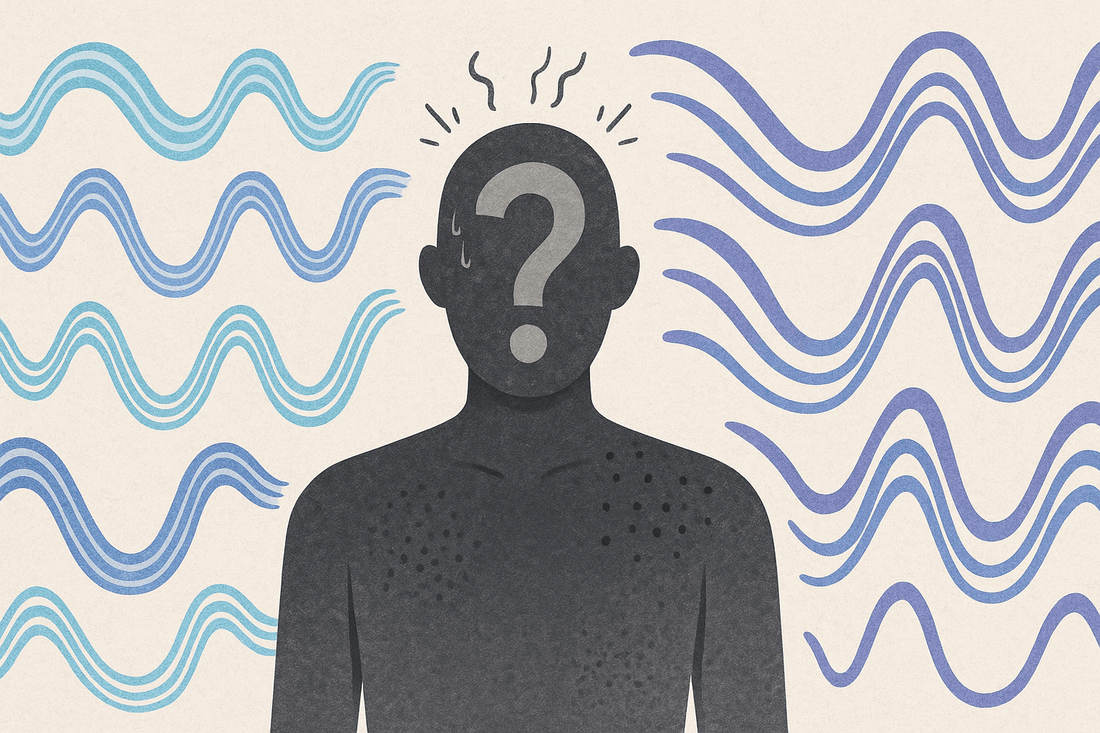Electromagnetic hypersensitivity (EHS)—also known as idiopathic environmental intolerance attributed to electromagnetic fields (IEI‑EMF)—refers to a spectrum of reported symptoms including headaches, fatigue, skin tingling, dizziness, and digestive upset. Although deeply distressing for individuals, scientific investigations—including blinded provocation studies and double‑blind randomized trials—have consistently failed to show any reliable ability to detect EMF exposure or to attribute symptoms to actual fields.
Health authorities such as the World Health Organization (WHO) and major medical bodies recommend a thorough clinical evaluation to exclude other medical or psychological causes, as these symptoms often mirror functional somatic syndromes. Evidence points toward the nocebo effect—symptom onset driven by belief rather than exposure—as a major factor. Multiple studies have demonstrated that participants expect symptoms when told they are exposed, regardless of whether EMFs are present.
For relief, WHO guidance and clinical practice suggest cognitive behavioral therapy (CBT) or psychological support, which can significantly reduce symptom burden even when traditional medical tests are negative. While shielding products promise protection, their effectiveness lacks scientific foundation. Individuals experiencing EHS are encouraged to seek medical and mental health evaluation and access validated strategies for coping.
Share


